“While some will enjoy the challenge and beauty of camping in winter, for others it may be a case of physical and mental endurance.”
So reads the advice of Mountaineering Scotland, the arbiter of such things north of the border. Conversely, my own camping expertise starts and ends with watching Bravo Two Zero on VHS circa 1999.
But at least photographer Max Edleston and I won’t be wanting for kit on our wander into the wilds, starting our journey as we do at the Decathlon outdoor store on the outskirts of Edinburgh.
Mountaineering department manager Roksana helpfully recommends some snug-fitting 0deg C-rated sleeping bags, mini pillows for comfort, thermal base layers for PJs, a rechargeable lantern, a cooking set and a tiny gas stove for the task ahead. This confirms (a) that warmth and sustenance will be paramount, and (b) that there is little dignity in trying a sleeping bag for size in public.
What we don’t pick up is a tent, because we already have one in a box outside that, agreeably, has a Porsche 911 clamped to its underside. But this is no ordinary 911.
Ostensibly, the £173,000 Porsche 911 Dakar is a tribute to 1984’s 7500-mile Paris-Dakar Rally, where Frenchman René Metge took victory in the new ‘953’ – a rally-prepped 911 Carrera 3.2 with four-wheel drive produced specifically for the race.
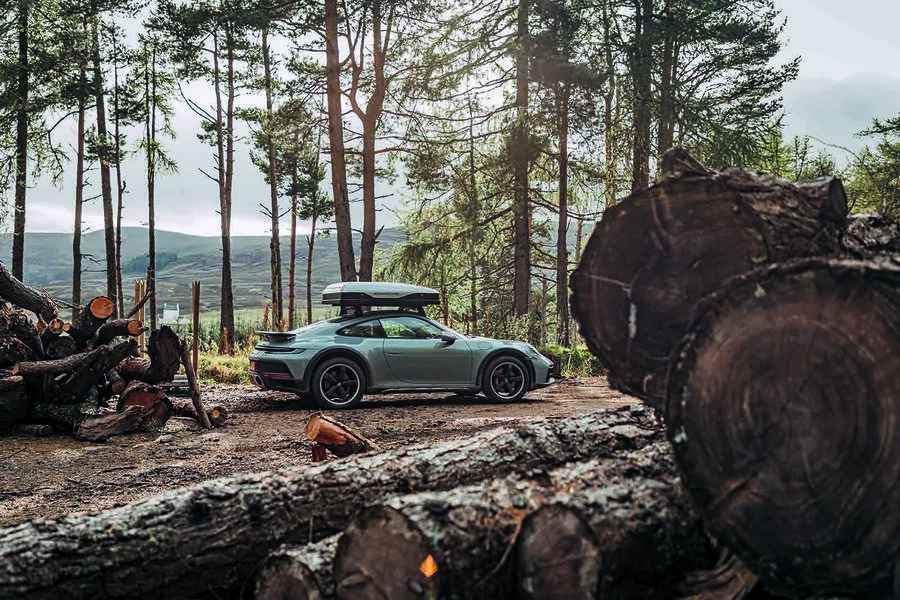
But to us, it is a new breed of production 911: one based on the Carrera 4 GTS but claimed to have the off-road chops we’ll be needing as we forego manicured campsites in favour of that ‘wild camping’ experience.
As Metge diced with Range Rovers, Mitsubishi Pajero Evos, MAN trucks and off-road motorcycles, we’ll be leaving the blacktop for trails usually driven in Land Rover Defenders, Mitsubishi L200s and commercial log-luggers.

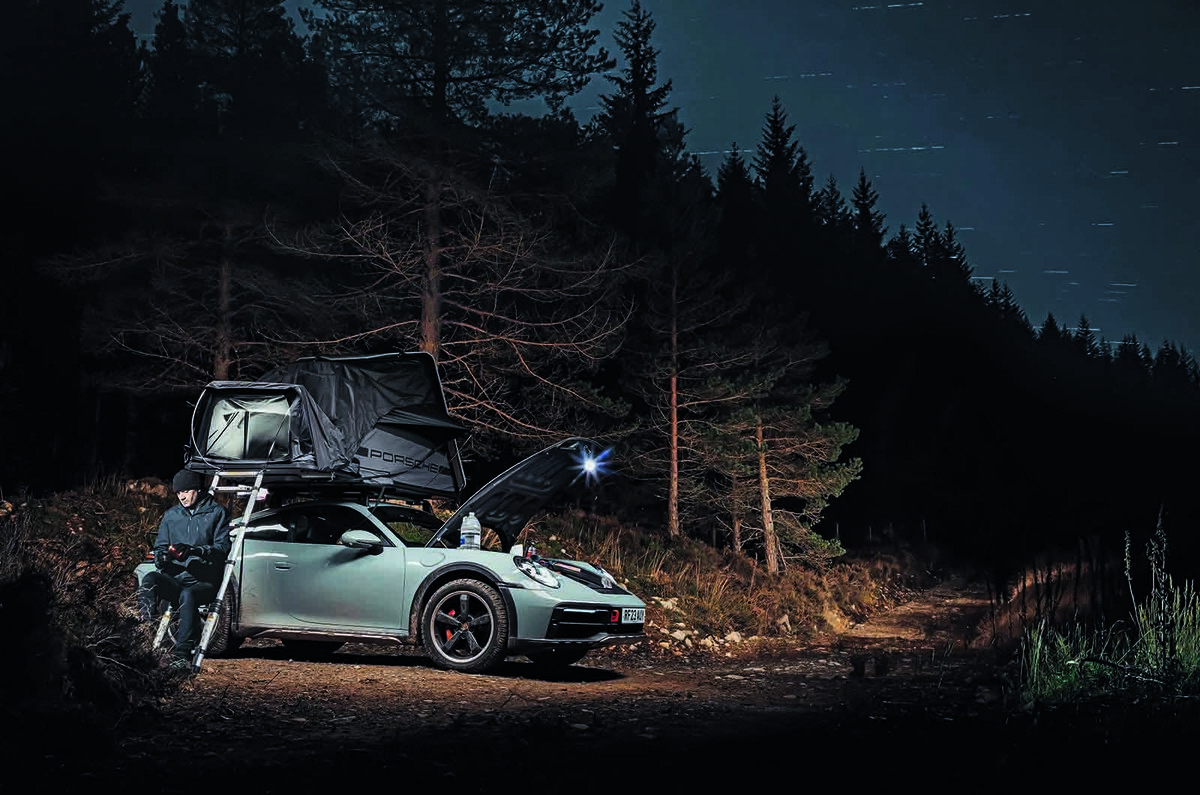
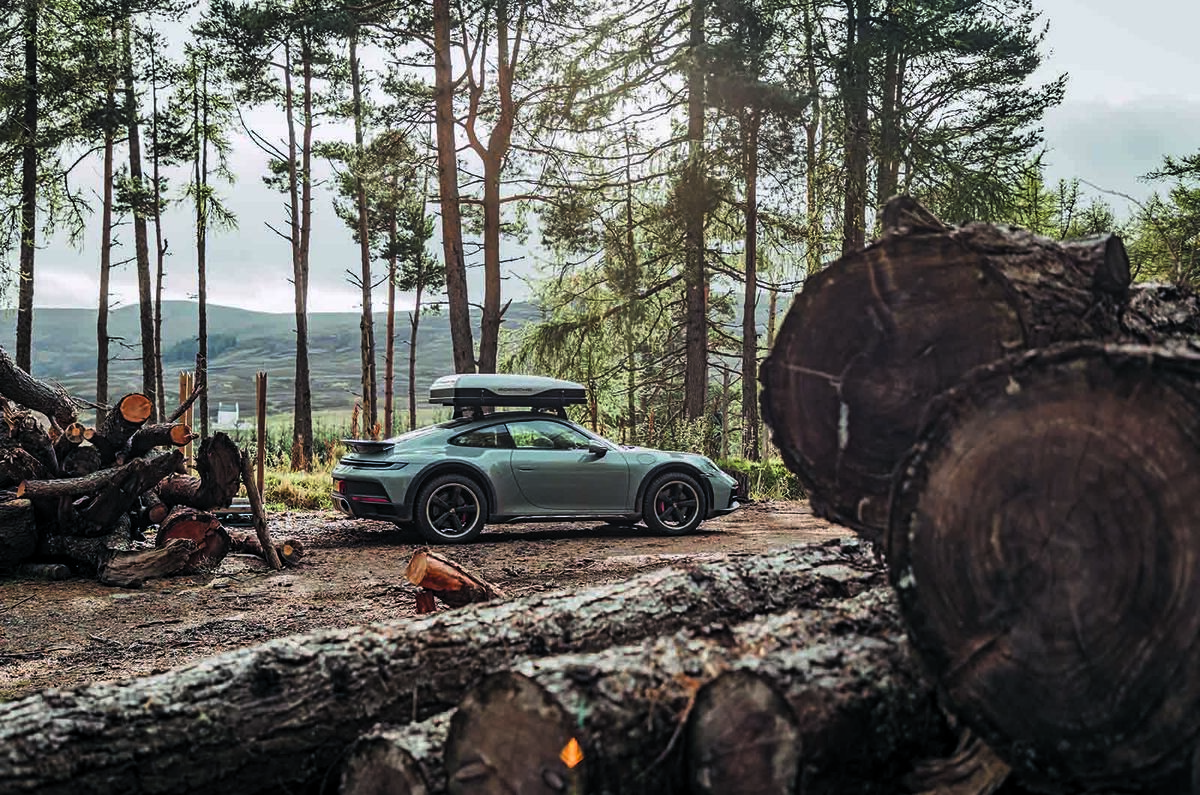
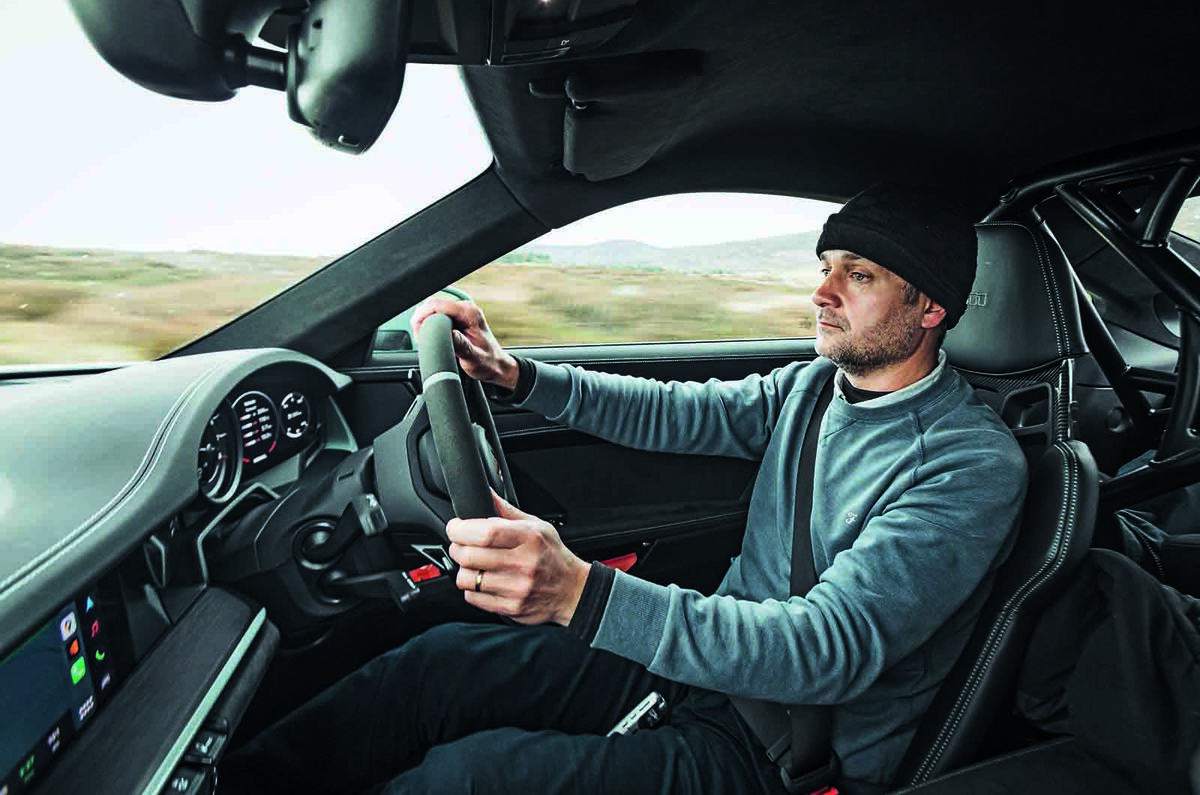
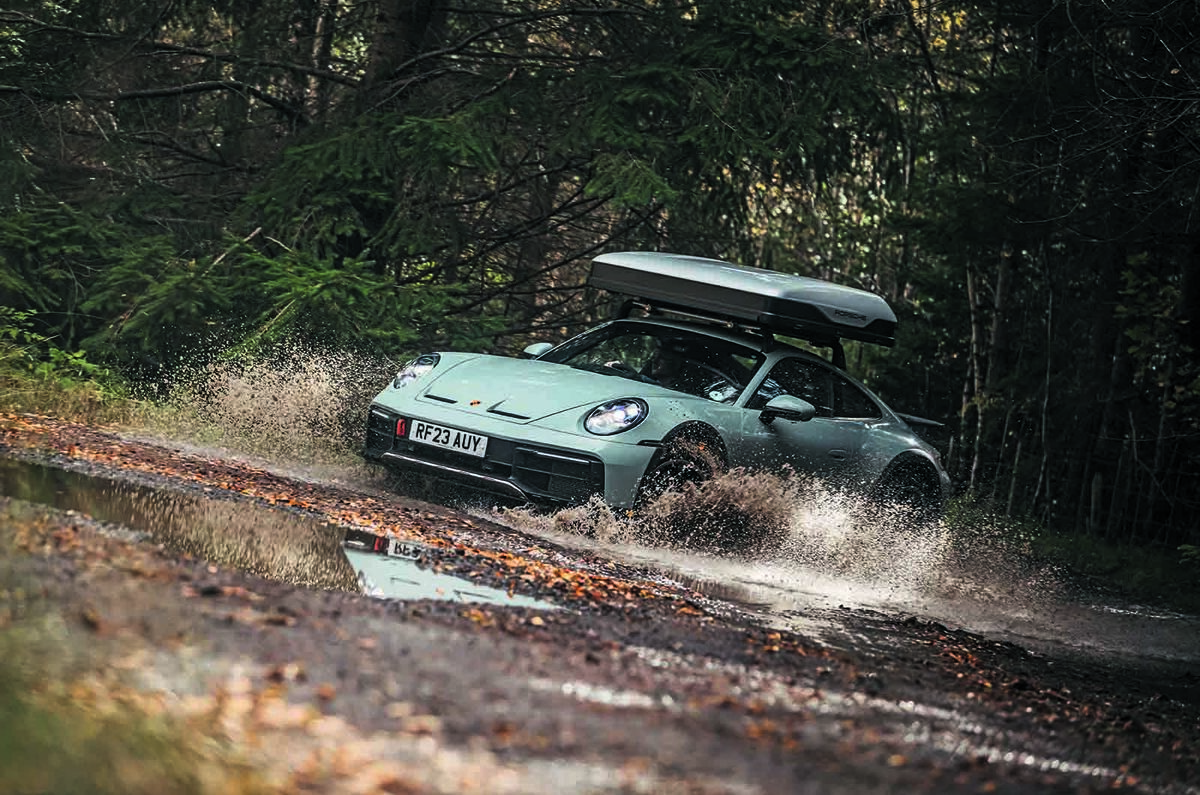
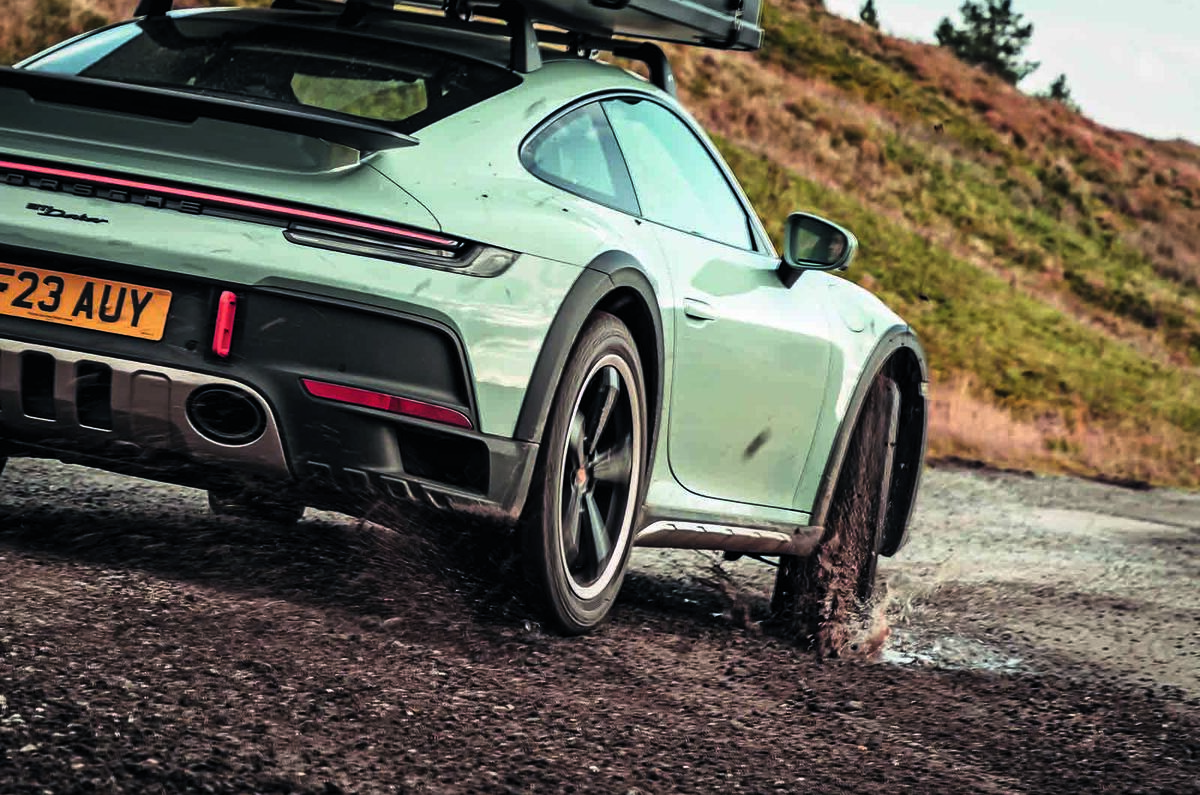
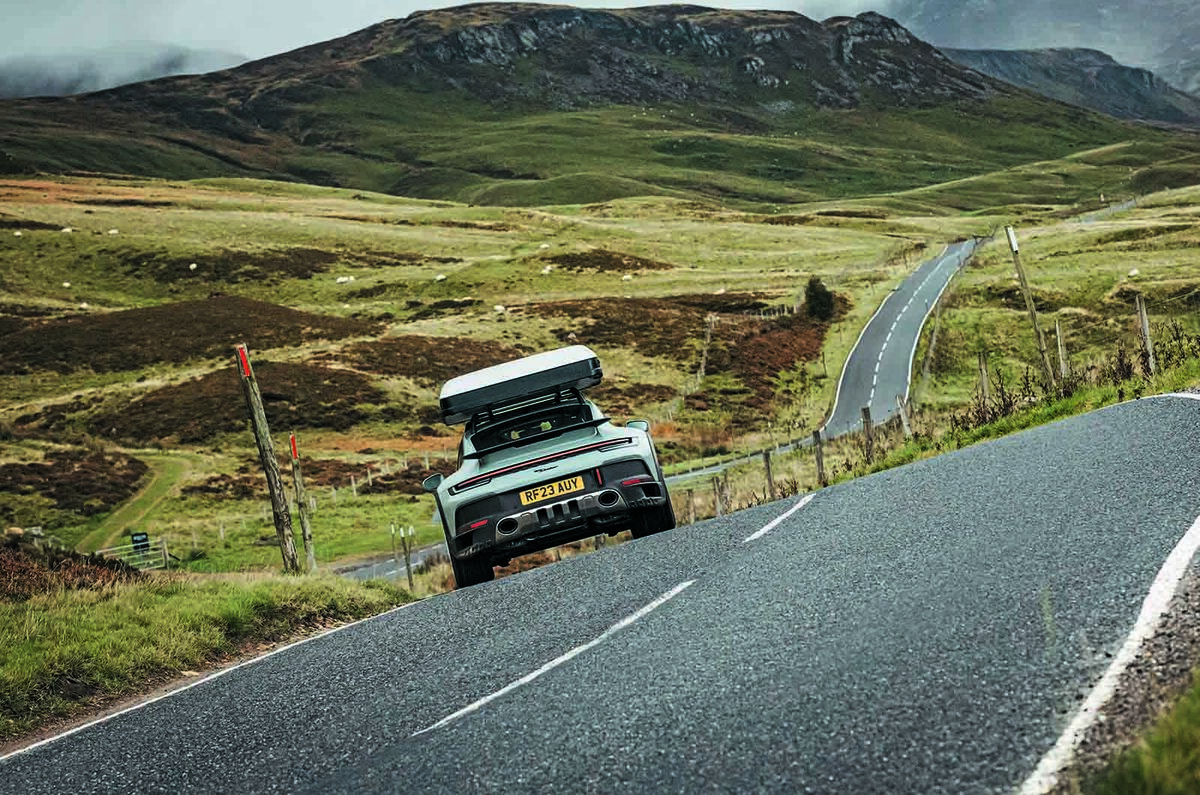

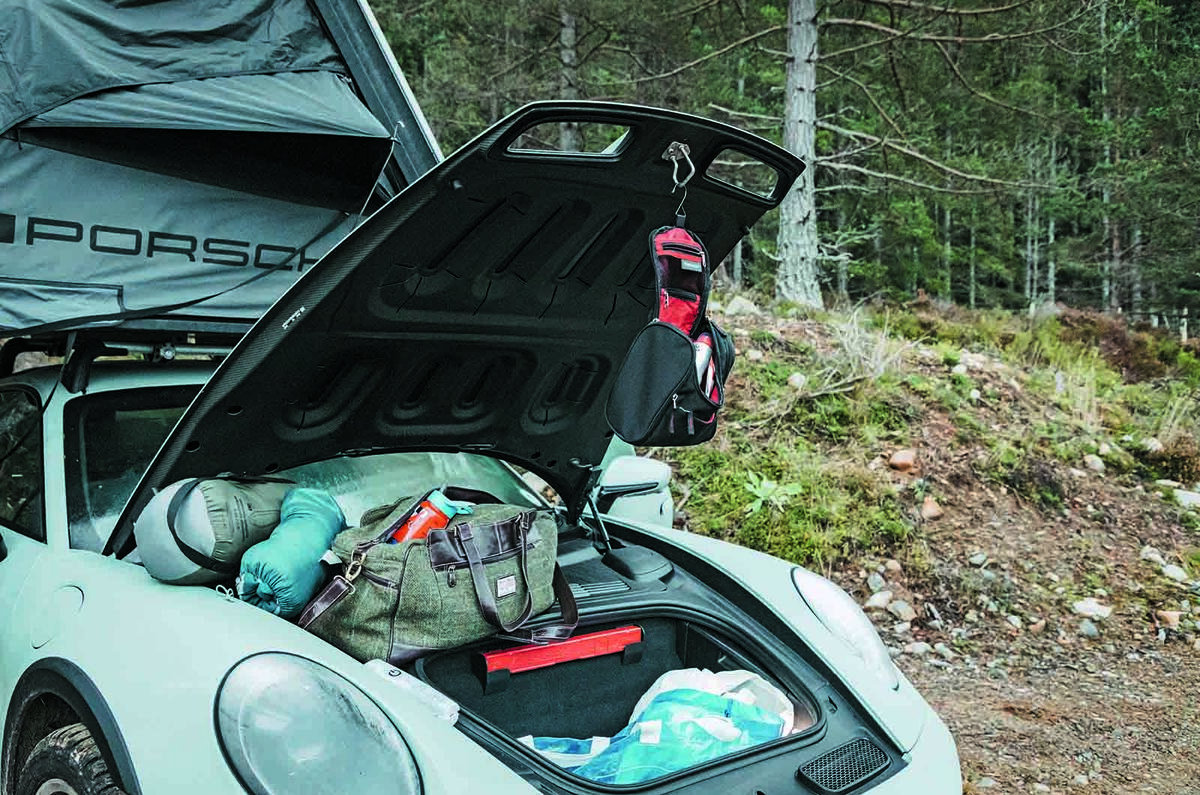

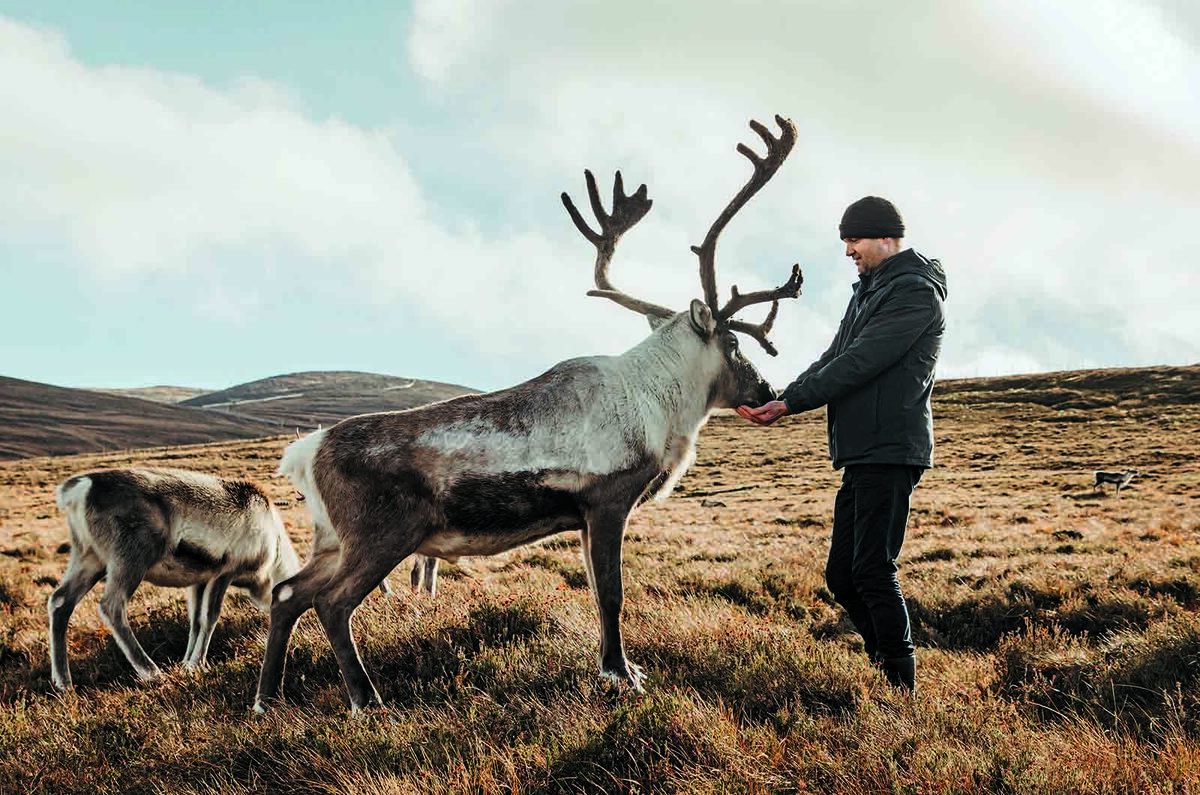



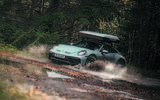

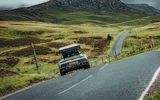
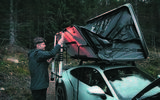
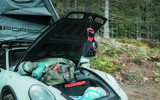
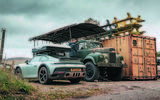



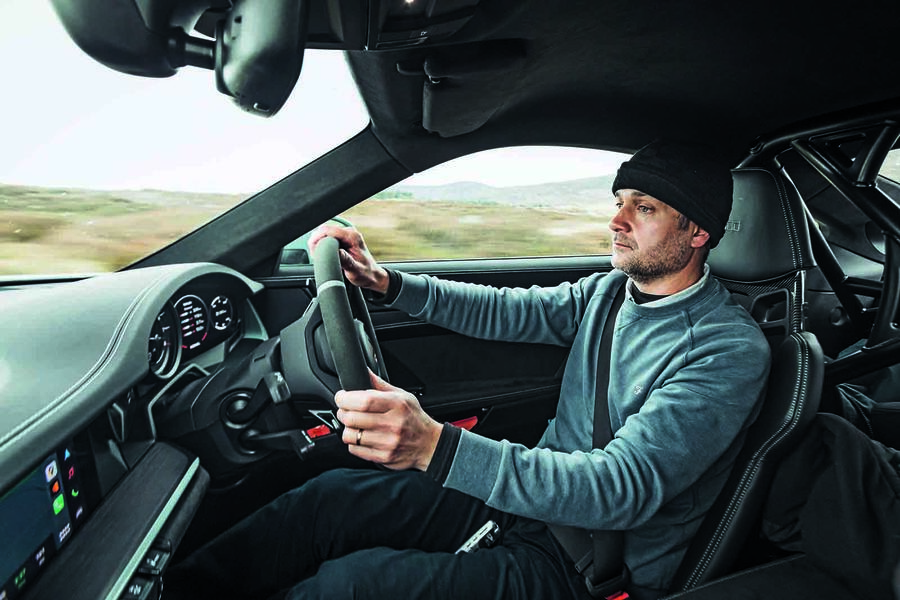
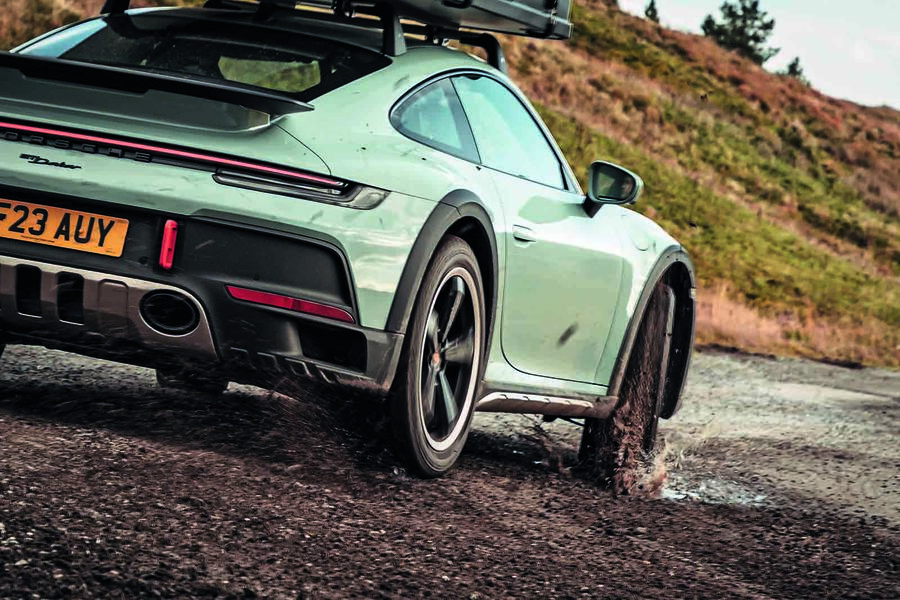
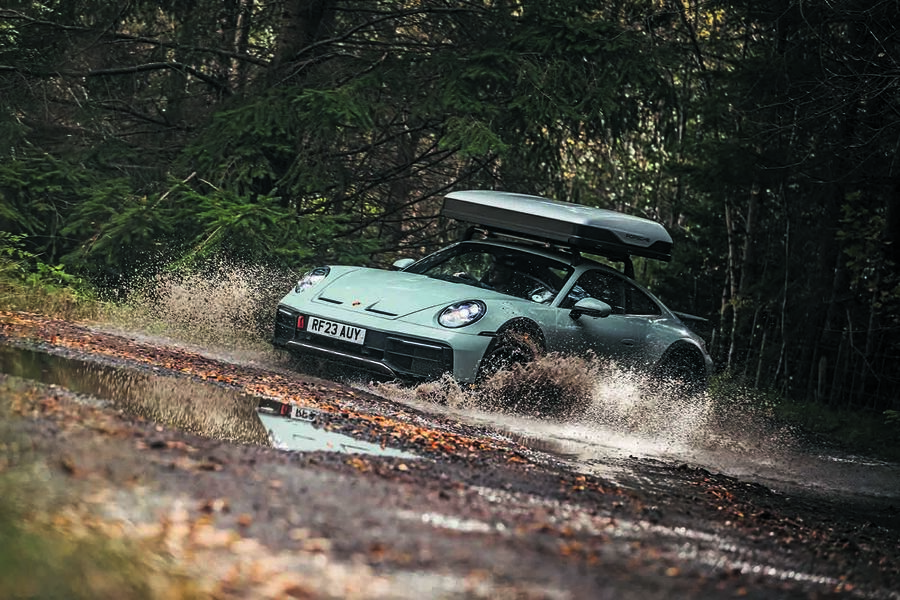
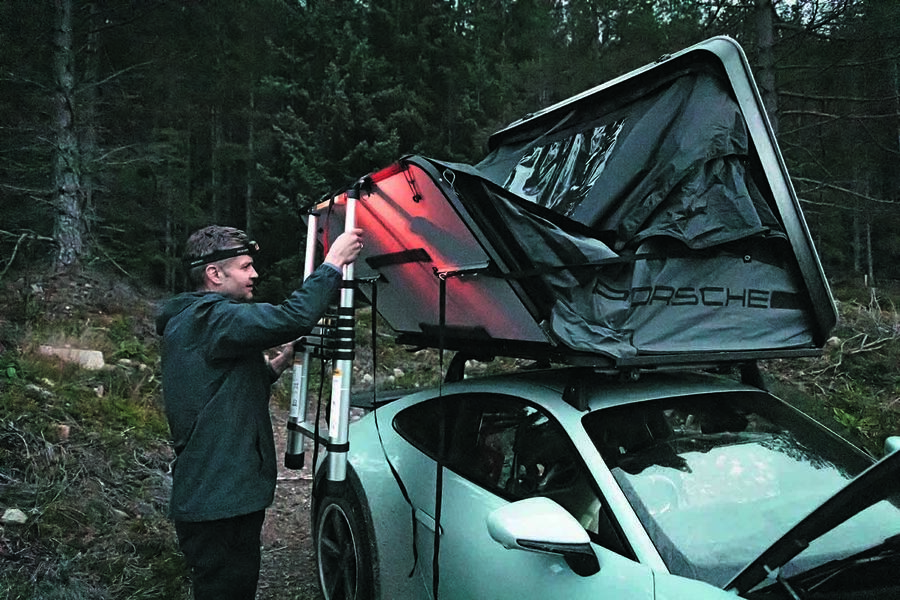
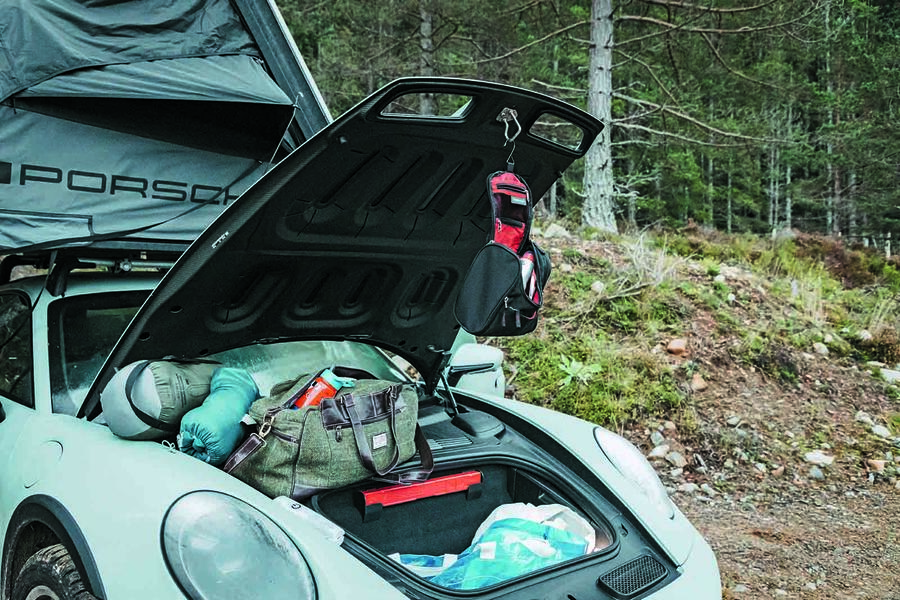
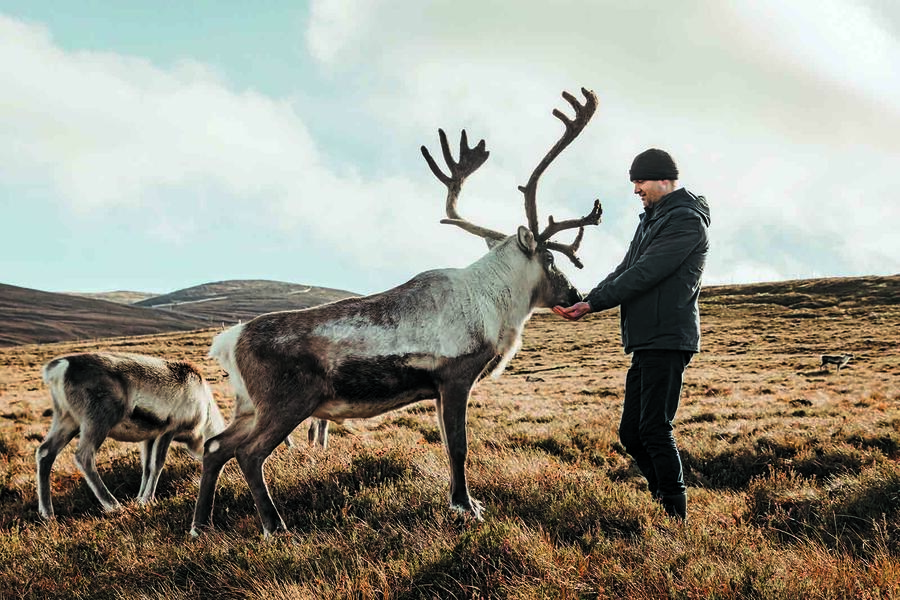
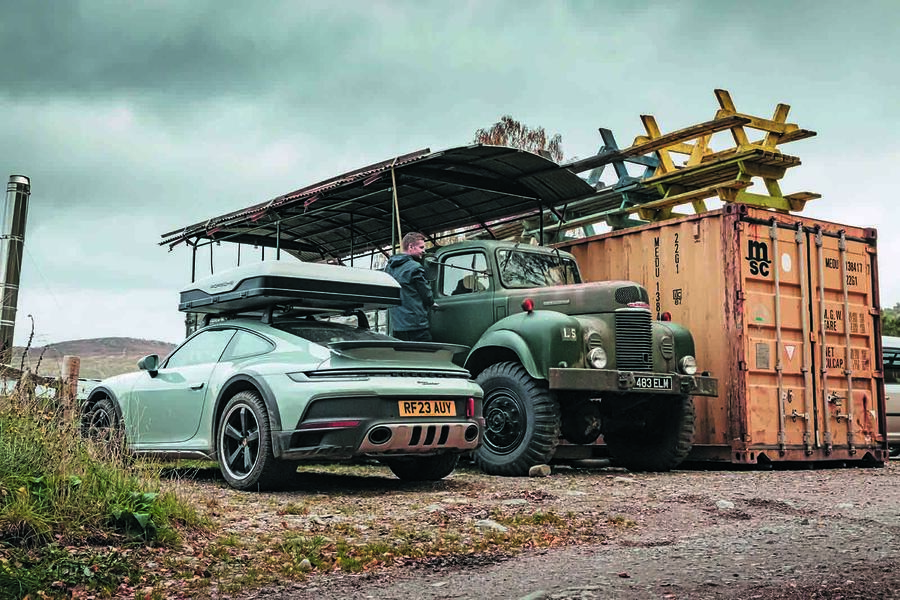


Join the debate
Add your comment
I look forward as always to reading your comments...
Just Saying.
"the tent itself is rated to withstand 23mph winds when pitched."
£4635 for a fair weathewr only, small tent...
Wow it really is rally ready, that's a very muddy car park puddle it's pictured going though.